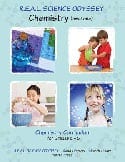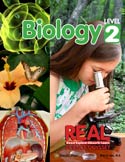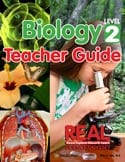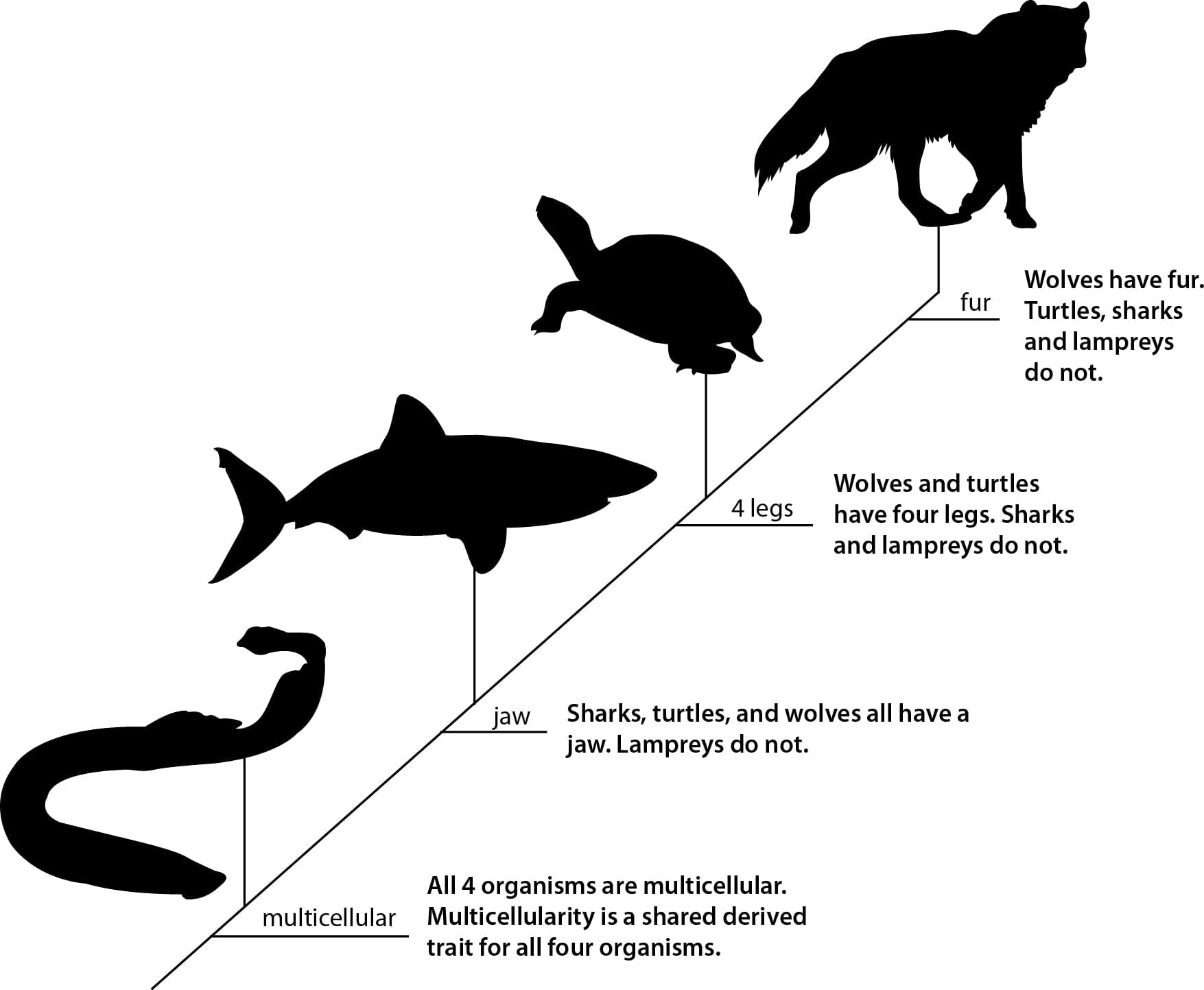Choosing the right curriculum makes a big difference for the success of a science co-op class, both for the student and the teacher. There are certain elements like labs paired with the theory that are important to the success of the class. As the co-op teacher/facilitator you have a responsibility to bring the level of science up for your students over the course of the co-op. Well-chosen curriculum makes this job much less work and more attainable. I taught at community college before retiring to homeschool my son. The better the curriculum that went with the class the easier the class was to teach and the more my students learned.
I would not consider teaching a science co-op that did not have curriculum to go along with it. Teaching is a lot of work. You want something to use as a guideline and a reference. I will be honest I wouldn’t pay for my child to take a science course that didn’t have some type of written material. Students also need material to reference. If students get stuck on a concept, curriculum gives parents something to reference too.

Recently, I had a couple of people ask me for guidance with a science co-op they were going to teach. Their problem, they didn’t have curriculum that had labs and lectures that were well-paired and they were having trouble planning their classes.
You would expect that I think REAL Science Odyssey is a good choice to use when teaching a science co-op, and you would be right. I do! Granted, I am biased about it as a science curriculum, not just as one of the authors for the series but also as a science teacher. What I want to do for you here is go through the elements of what make it a good choice for a science co-op. These are elements that you should look for in any science curriculum that you are going to use to teach a science co-op.
Elements in a good curriculum for a science co-op
- The careful pairing of labs with theory
You need a text that presents the theory in a manner and at a reading level that is accessible to the grade level you are teaching. There should be labs or activities that accompany the theory. Do not teach a science class to people below the college level that does not have labs in it! This is what gives science a bad name! Science should be the most fun and dynamic class outside of P.E. that students engage in.
- Labs that are an appropriate length of time
This point is how I came to be writing this series of articles. A few of the labs/activities in my book were not a good length for the co-op class I was teaching. I have posted a schedule detailing how to change the labs around a bit to make them work for the time frame of a co-op.
- Make sure the text has enough material to run the length of the time allotted for the co-op.

Science Co-op:
The text can cover more material than you are going to teach, but it is problematic and more work for you if it is too short. A text that covers or goes beyond the entire time frame is more likely to be cohesive and to follow a logical progression. The cohesiveness is very important to the actual learning of science. Too often science is taught in a scattered grab-bag approach. This does not encourage an understanding of the foundational fundamentals of science, and it makes it more difficult to make connections to other areas of science.
- Choose a text with a teacher’s guide and, if you are going to assign them, tests and problem sets. This is for you as much as it is for the students. TEACHING IS HARD WORK!

5. Choose curriculum that covers good solid, mainstream science, with material that has been well-researched, and contains science just science.
If you do not choose a text like that and your course is not taught that way, parents should be informed ahead of time before they sign up for the class.
6. Choose a text written at a reading level that is at grade level and is conversational.
This is so you know students can read it themselves outside of class.
7. Choose a text that can be used with a range of ages and abilities.
You will get a range of ages and abilities. You want a text that can be challenging for your older or more than students but still accessible for your younger or less advanced students. This is one of the more difficult aspects to get from a textbook. It helps to have a textbook with a teacher’s guide that gives you advice on supplementary material to help with this range.
8. Did I already mention labs with the theory!!!
9. It doesn’t hurt to use a text that has notes on how to use it to teach a co-op.
Coming soon to help you and your students even more: A series of YouTube-like videos where I explain concepts students and their parents found complicated in REAL Science Odyssey Biology 2. (Genetics will be the first unit I explain!!!) I initially thought of this for homeschool students not in a co-op, but these will help co-op teachers as well. It will leave you with more time for labs since it should help with the number of questions students have about these complicated topics.
Check out our post about how to teach a science co-op here.
This post contains affiliate links.

